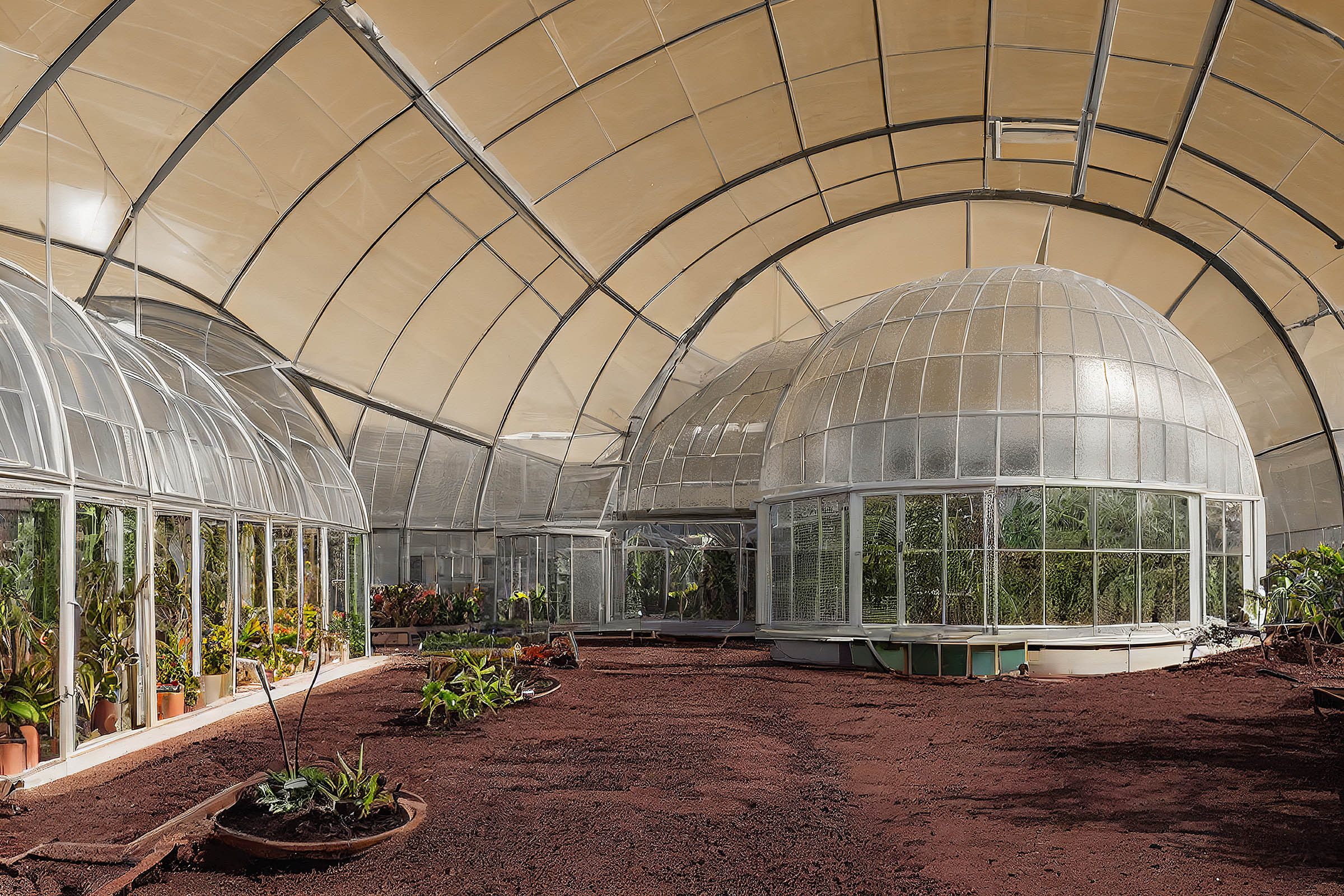A nearly indestructible moss that can survive bursts of gamma rays and liquid nitrogen may be one of the keys to Mars colonization, scientists have discovered. The moss, which can be found in some deserts here on Earth, has survived freezing conditions, dehydration, and even enough radiation to kill human astronauts 1,000 times over, scientists report.
Known as Syntrichia caninervis to the scientific community, the desert moss is found in harsh environments around our planet, including the Mojave Desert and Antarctica. That certainly sounds like two strange places to find the same plant. And yet, scientists have discovered the hardy little moss growing in those environments.
This has led some to wonder whether or not the moss could help with Mars colonization sometime down the line, especially if it is as hardy as it appears. To determine this, some scientists began looking deeper into the moss and its resiliency. The team collected moss from the Gurbantünggüt Desert, which is located in northern China. From there, they almost completely air-dried it to start the tests.

This caused the moss to shrivel up and turn black. However, it returned to its original springy greenness within just 20 seconds of being rehydrated, even after 99 percent dehydration. Further, it returned to full photosynthetic capacity within just two minutes.
From there, the scientists immersed the moss in liquid nitrogen at minus 320 degrees Fahrenheit (minus 196 Celsius) for 30 days. After removing it, the moss was still able to recover and grow new branches, and they estimate it could survive for at least five years at minus 112 F (minus 80 C). This resiliency makes it a prime candidate for use during Mars colonization, especially since it was able to survive up to 4,000 gray of ionizing radiation without any issues.
For some additional context, just 4 gray is considered a fatal dosage of ionizing radiation for humans. So, the fact that the moss can survive 1,000 times is absolutely amazing. The results of that study are published in the journal The Innovation. Considering some studies say it only takes 22 people to start a Mars colony; perhaps adding in this moss could give those 22 people the solid foundation they need to actually succeed in the harsh environments of the Red Planet.








